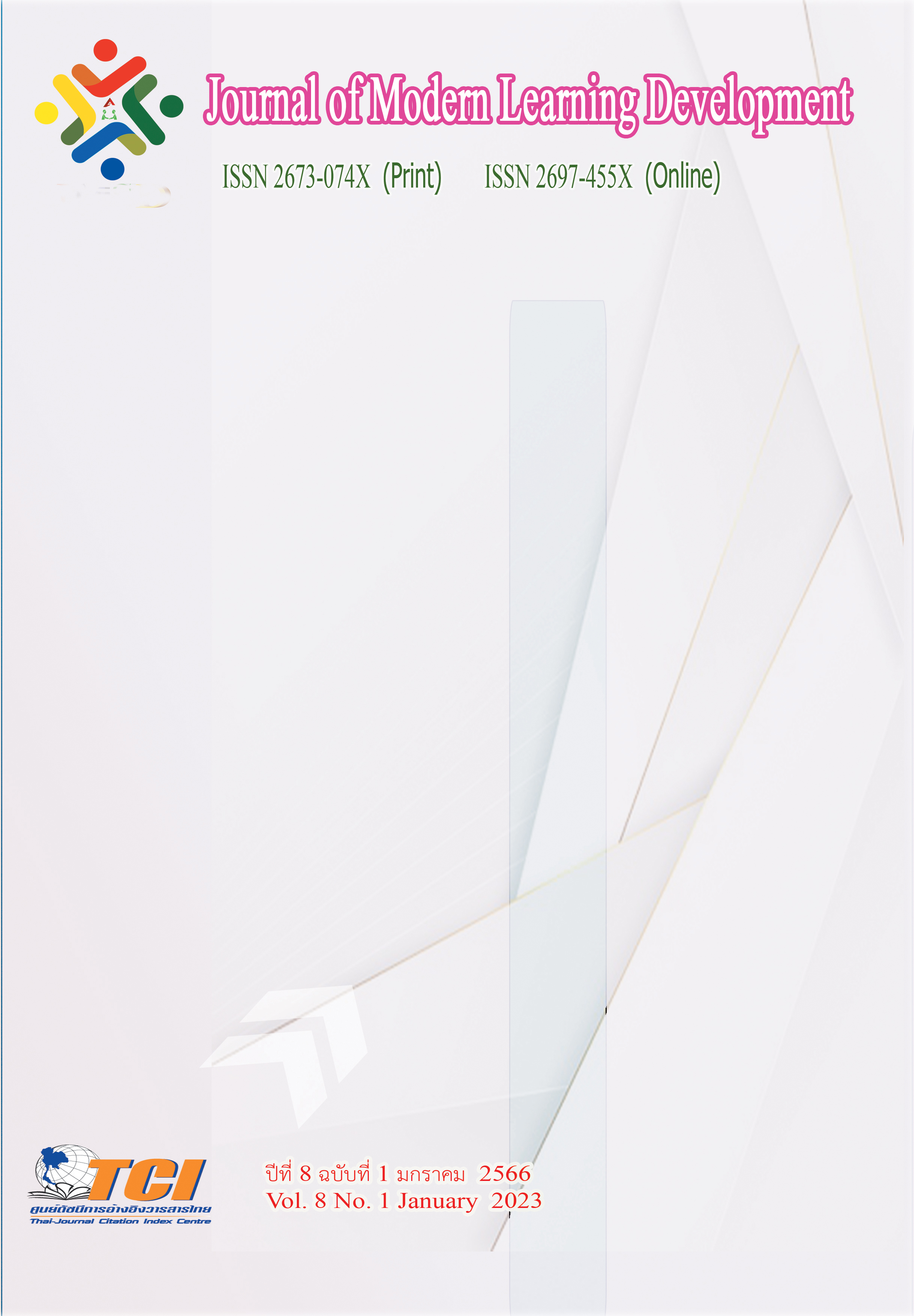The Integrating Buddhism Principles for Developing Personnel Competency of Phra Nakhon Si Ayutthaya Customer Service Division National Telecommunications Public Company Limited
Main Article Content
Abstract
This research was a qualitative research using Documentary Research and Field Research methods. and from an in-depth interview by visiting the area for an interview and organized a group discussion (Focus Group) and used the data to analyze and process This research has 3 objectives: 1. To study the problem condition of personnel competency development in the operation of the customer service department in Phra Nakhon Si Ayutthaya Province. 2. Study the principles of Buddhism, the trisikkha principles and the concept of intellectual education. in order to develop the competency of the personnel of Customer Service Department, Phra Nakhon Si Ayutthaya Province 3. Integration of Buddhist principles to develop the competence of the personnel of Customer Service Department, Phra Nakhon Si Ayutthaya Province.
1. Condition of problems and obstacles
1.1 Problems and obstacles in organizational management of the customer service department, at present Key informants are corporate executives. It was found that at present, the National Telecommunications Company Limited (Public) that operates the communication business faces problems with risk management (Risk) in 2 aspects: financial risk and business risks which must have principles of organizational management with the 4 M. They are: 1. Man 2. Money 3. Material 4. Management. and worthwhile for the organization by using the Balancs Score Card (BSC) as a tool as a measure as follows: 1. Financial 2. Process Internal 3. Customers 4. Learning & Growth. when the organization faces problems, the results of operations are reduced 2 For years in a row, we analyzed the cause and solutions by analyzing SWOT based on weaknesses and strengths of the organization .1) What is the Man problem? 2) What is the Material problem? 3) What is the Money problem? 4) What is the Management problem?
1.2 Conditions of problems and obstacles in the integration of Buddhist principles in order to develop personnel competency of the customer service department in Phra Nakhon Si Ayutthaya Province at present There are key informants (Key Informants) are the first-level executives, employees and employees found that the development of personnel competency with Buddhist principles has problems in terms of time. Because the top management Employees and employees of the customer service department, there is no time to develop competence with Buddhist principles.
2. Solutions to problems and obstacles Guidelines for solving problems and obstacles according to item 1.1 from key 1 main target group is the top executives of the organization. corporate executives There is an idea to solve the weaknesses (W) that need to be corrected immediately. It is human resources (Man). All personnel in the organization considered equally important. It is like a cog of a machine. The cogs must rotate together. and in the same direction if one of the gears is worn out, it will cause the machine to work, stumble, inefficient driving performance. It will cause the work to be delayed, inferior in quality, like personnel lacking the potential to perform tasks. Therefore, the following amendments should be made: 1) Must focus on personnel competency development Incentives are rewarded for those who intend to develop themselves. 2) There should be plans, projects, activities. Help resolve problems in a timely manner. and can pose appropriately 3) There should be more development of the competency of support personnel. to assist in the service 4) Personnel competency development also resulted in the personnel of the customer service department. This results in higher operational efficiency as well. 5) Personnel competency development result in the service personnel having cooperation, Working together as a team.
Guidelines for solving problems and obstacles according to item 1.2 from Key Informants 22 photos/person. The main target groups are 4 groups: They are: 1. experts on Buddhist principles, 2. experts in intellectual education, 3. high-level executives of the organization, and 4. personnel of the organization, namely top-level executives, employees and employees. There is a consensus opinion that the three principles should be adopted. and the concept of intellectual education to be used as a guideline for integrating Buddhist principles with important issues. which is to adopt the threefold principles which are the teachings of the Buddha used as a tool for human development Then combine it with the concept of intellectual education. that is both a concept and a practice which aims to create learning for change within oneself, family, society and change within the organization. Keeping up with society in a globalized world what to do for people Know how to fill when missing know how to stop when enough and know how to share when it's over It all depends on the “quality of people” that will be developed. To live happily in this new world. is to create people to be A “perfect man”
Article Details
References
จิรประภา อัครบวร. (2552). คุณค่าคน คุณค่างาน. กรุงเทพมหานคร: สำนักพิมพ์เต๋า 2000.
ฌาน ตรรกวิจารณ์. (2544). การบริหารทรัพยากรมนุษย์. กรุงเทพมหานคร: มหาวิทยาลัยรามคำแหง.
มหาจุฬาลงกรณราชวิทยาลัย. (2539). พระไตรปิฎกภาษาไทย ฉบับมหาจุฬาลงกรณราชวิทยาลัย. กรุงเทพมหานครมหานคร: โรงพิมพ์มหาจุฬาลงกรณราชวิทยาลัย.


